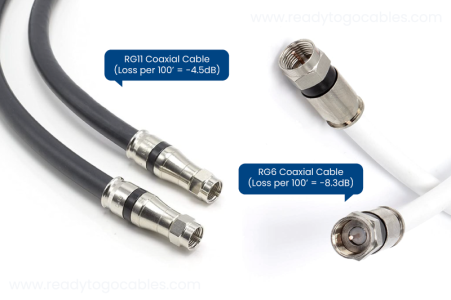pete_c
Guru
For DNS settings go to System==> General
Here just using 8.8.8.8 and 8.8.4.4.
Here are my results...similar to yours...
Do you have IPv6 configured?
To test IPv6 after you have it configured go to
Test your IPv6 connectivity
Here have the Snort add on configured but not Squid at this time.
For the ups and downs do some more long term testing on dslreports dot com.
What speed tier are you paying for? (IE: "speeds up to")
Are you renting the Spectrum (Hitron) modem? You can purchase an Arris SB8200 these days for less than $100.
Here just using 8.8.8.8 and 8.8.4.4.
Here are my results...similar to yours...
Code:
2 po-318-328-rur202.homewood.il.chicago.comcast.net (96.216.26.81) 11.759 ms 11.674 ms 8.044 ms
3 96.216.209.1 (96.216.209.1) 8.189 ms 11.791 ms 7.838 ms
4 24.153.89.117 (24.153.89.117) 13.201 ms * *
5 96.216.150.114 (96.216.150.114) 16.032 ms 11.986 ms 10.460 ms
6 50.216.159.38 (50.216.159.38) 17.821 ms 37.020 ms 13.286 ms
7 * * *
8 * * *
9 * * *
10 a23-60-79-91.deploy.static.akamaitechnologies.com (23.60.79.91) 12.364 ms 12.757 ms 11.671 msDo you have IPv6 configured?
To test IPv6 after you have it configured go to
Test your IPv6 connectivity
Here have the Snort add on configured but not Squid at this time.
For the ups and downs do some more long term testing on dslreports dot com.
What speed tier are you paying for? (IE: "speeds up to")
Are you renting the Spectrum (Hitron) modem? You can purchase an Arris SB8200 these days for less than $100.
Last edited:

